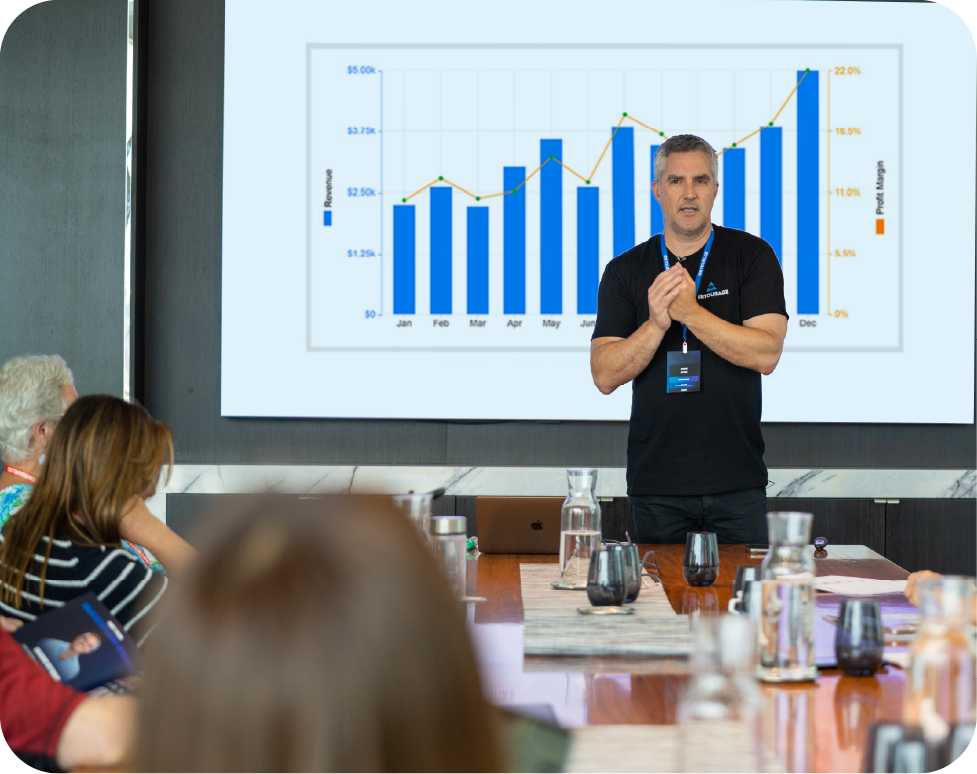Integrating disparate applications seamlessly at heavy-duty enterprises is becoming an ever-more important requirement of success in an ever-evolving technological environment. As IT environments become more complex and change occurs at a rapid pace, integrating disparate applications seamlessly has never been more essential to survival. Artificial Intelligence (AI) and Machine Learning (ML) offer unprecedented capabilities that streamline and enhance application integration. This blog post explores via practical tips for enterprise solution architects, IT directors, and CTOs alike.
Application Integration Is on the Edge
As organizations digitize their operations, the need for effective application integration solutions has never been greater. Cloud services combined with microservice architectures have transformed how enterprises approach integration strategies. Traditional static approaches no longer suffice and must evolve into dynamic approaches that adapt to ever-evolving business landscapes.
Artificial Intelligence and Machine Learning have emerged as key enablers in this transformation, helping organizations automate and optimize their integration processes. AI/ML technologies analyze large volumes of real-time data in real time to detect patterns or anomalies quickly, helping identify issues before they escalate further. Furthermore, these technologies utilize self-learning algorithms, continuously optimizing integration workflows while decreasing downtime. This alleviates the IT team burden while freeing businesses to focus on core activities that drive innovation and growth.
AI and ML integration opens new possibilities for predictive analytics, providing unobtainable insights. By drawing upon historical data, businesses can anticipate integration needs for the future and adjust strategies proactively. This helps enterprises remain flexible and competitive by quickly responding to market changes or customer demands. This further emphasizes AI/ML as vital elements in an overall strategic approach that aligns technology with business objectives.
Understanding AI and Machine Learning within Integration
Artificial Intelligence (AI) and Machine Learning (ML) have proven themselves transformative tools in business integration, significantly altering how businesses connect applications, systems, and data. At their core, these technologies work by mimicking human intelligence to perform cognitively demanding tasks. At the same time, Machine Learning involves developing algorithms enabling machines to learn from data to make predictions based on it. When applied to integration strategies, these technologies represent a paradigm shift, providing more intelligent ways of managing complex environments with more intelligently and nuanced management techniques.
One of the greatest advantages of AI and ML in integration is their capacity to enhance decision-making processes. By harnessing data analytics, organizations can gain deeper insight into operational performance by identifying bottlenecks or redundancies in workflows. This strategic visibility enables businesses to make data-driven decisions that optimize resource allocation and integration timelines. Furthermore, AI/ML enable adaptive integration solutions by continuously learning from previously collected information while adapting integrations on an as-needed basis based on evolving business needs. Responsiveness is especially vital as organizations navigate rapidly changing technological landscapes.
AI and ML technologies not only increase efficiency but they can also vastly enhance the security and reliability of integration processes. By continuously monitoring integration workflows for irregularities and threats, these technologies ensure a proactive response to cybersecurity risks while improving system integrity. Their predictive abilities also allow businesses to anticipate potential disruptions due to system overload or compatibility issues. Adopting these technologies not only streamlines integration but fortifies operational resilience within organizations, enabling them to remain successful even in increasingly competitive environments.
Enhance Data Mapping and Transformation Services
Data mapping and transformation are integral processes in data integration that can be significantly enhanced through artificial intelligence and machine learning (AI/ML). Traditional approaches involve manually mapping between disparate systems, often leading to inconsistencies and errors. Organizations can automate this mapping phase by employing AI algorithms and allowing their system to intelligently infer relationships between points. This speeds up mapping while reducing human error rates significantly for cleaner and more reliable data integration.
Furthermore, data transformation from one structure to another is integral for maintaining compatibility across systems. AI and ML techniques can analyze historical transformation processes to optimize current ones. AI technologies may identify patterns from historical performances to determine which transformation rules work most efficiently and recommend those based on past results. Adaptability ensures data flows smoothly between systems while meeting business requirements and also adhering to regulations. This helps organizations increase efficiency and accuracy with their integration efforts.
Real-Time Data Processing
Real-time data processing refers to the continuous input, processing, and output of data with minimal latency. This enables organizations to act upon information the moment it becomes available. This is something that is especially crucial in today's fast-paced digital environment, where timely insights can significantly influence decision-making and operational strategies. By employing technologies like stream processing and in-memory computing, businesses can handle vast quantities of information generated from various sources like social media feeds or IoT devices. This facilitates ongoing activities and instant or real-time responses that help address emerging trends, issues, or customer needs in real-time.
Automated Workflow Management Solutions
Automated workflow management refers to the use of technology to design, execute, and monitor business processes without human decision-making involvement. Organizations can streamline operations, increase efficiency, and decrease human errors by automating repetitive tasks. Automated financial services workflows use automated workflows to seamlessly manage transactions and compliance checks while freeing employees up for higher-value activities like strategic analysis or customer relationship management. This shift not only enhances productivity but also accelerates the time to market of new initiatives by being completed quicker and with greater consistency.
Automated workflow management also enhances collaboration among teams by providing clear visibility of processes and their progression. Organizations can implement automated systems tracking task assignments and deadlines to ensure accountability and timely completion of projects. Furthermore, this increased visibility allows teams to evaluate performance as well as detect any bottlenecks within their processes. Over time, these insights can lead to continuous improvement initiatives that further refine workflows and drive operational excellence. Leveraging automation for workflow management maximizes resource allocation and allows businesses to respond more rapidly to changing market demands and customer expectations.
AI and ML technologies are revolutionizing application integration for heavy-duty enterprises, transforming complex processes while improving data quality and offering real-time insights to run more efficiently and effectively. Understanding and using these technologies are vital in today's fast-paced business world, so understanding their benefits for enterprise solution architects, IT directors, and CTOs is crucial for staying competitive in today's fast-paced environment.
Related Categories
Ryan Terrey
As Director of Marketing at The Entourage, Ryan Terrey is primarily focused on driving growth for companies through lead generation strategies. With a strong background in SEO/SEM, PPC and CRO from working in Sympli and InfoTrack, Ryan not only helps The Entourage brand grow and reach our target audience through campaigns that are creative, insightful and analytically driven, but also that of our 6, 7 and 8 figure members' audiences too.





